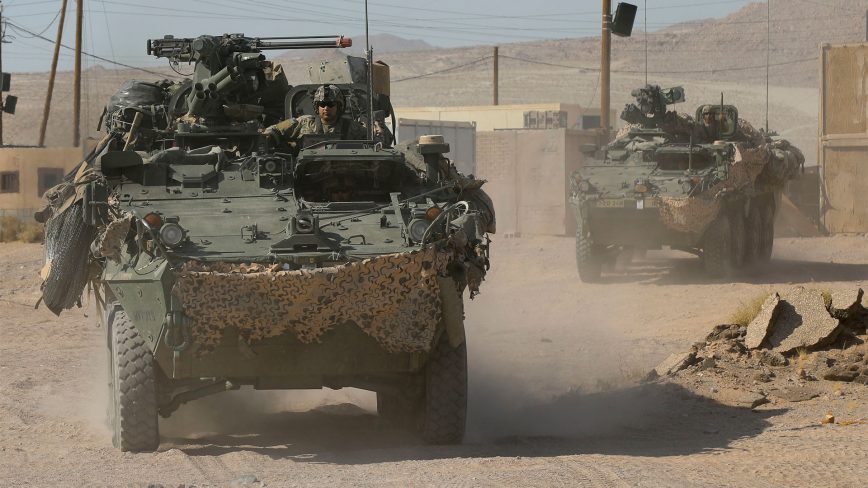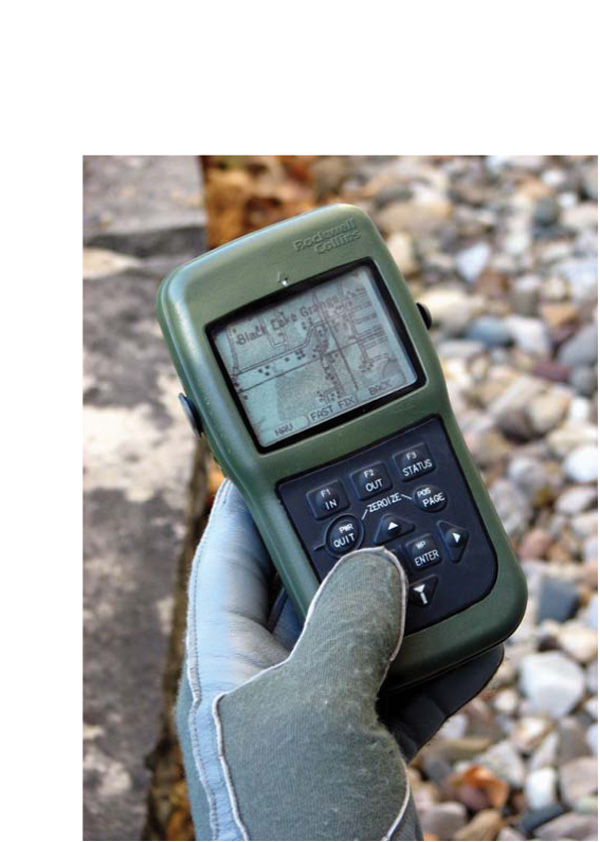The U.S. Army selected Collins Aerospace Systems, a unit of United Technologies Corp. to provide a next-generation Mounted Assured Positioning, Navigation and Timing System (MAPS) for the Army’s increasingly sophisticated manned ground vehicles. Known as “MAPS Gen II,” the system will maintain the integrity of positioning and timing during operations in GPS-contested environments.
The smart vehicle integration will cleanly replace existing navigation systems, according to the company. To reduce vehicle system changes, Collins Aerospace implemented a two Line-Replaceable-Unit (LRU) system for easier upgrade and sustainability.
Collins Aerospace will deliver new systems to be evaluated for a year, with the potential for fielding up to 8,000 additional vehicles upon completion. One platform likely to receive the new device is the Stryker, an eight-wheeled armored fighting vehicle. Lighter and faster than a tank, it has heavier armor than other troop carriers. It saw extensive use in the Iraq counter-insurgency campaign, for example.
MAPS Gen II consists of Collins Aerospace’s NavHub-100 navigation system and Digital GPS Anti-jam Receiver-100 (DIGAR-100). It affords higher protection levels against evolving GPS threats — jamming and spoofing — that warfighters encounter on the dramatically changing and increasingly digitalized battlefield today. Improvements over current Army MAPS include Military Code (M-Code) capability and improved levels of reliability through patented Modernized Signal Tracking (MST) that enhances GPS integrity.
The NavHub-100 generates and distributes Assured Position, Navigation and Timing (APNT) information to all systems onboard the platform through one device. Additional protection comes with the ground-based DIGAR-100 anti-jam antenna, providing superior immunity in the most severe GPS-challenged environments.
“Our warfighters need to be able to execute missions with precision and accuracy, which becomes more difficult when GPS is compromised,” said Troy Brunk, vice president and general manager, Communication, Navigation and Guidance Solutions for Collins Aerospace. “Our mounted APNT solution provides the access and integrity required to keep up with the pace of current and future threats.”
The DIGAR-100 adapts the proven performance of Collins Aerospace’s airborne and weapons anti-jam systems to meet the demanding requirement on size, weight, power and cost in the ground vehicle market. For over a decade, Collins Aerospace has delivered over 100,000 anti-jam systems across weapons, aircraft and soldier systems.
Longtime defense contractor Collins Aerospace Systems is a unit of United Technologies Corp., which merged with another major defense contractor, Raytheon, in June of this year. Created in 2018 by bringing together UTC Aerospace Systems and Rockwell Collins, Collins Aerospace has an extensive portfolio of products and technologies and wide-ranging expertise.
The company made several announcements at October’s Association of the U.S. Army (AUSA) annual meeting in Washington D.C. In addition to its MAPS Gen II selection, it completed Critical Design Review (CDR) for a number of key power and controls systems for the KF-X/IF-X advanced multirole fighter jet for the Republic of Korea and Indonesian Airforce; performed tests using of airborne and ground radios over the live Mobile User Objective System (MUOS) network, showing interoperability of MUOS communications from air to ground on the battlefield; and shipped more than 250 of its electric generators to the U.S. Army for the Abrams M1A2 tank.






